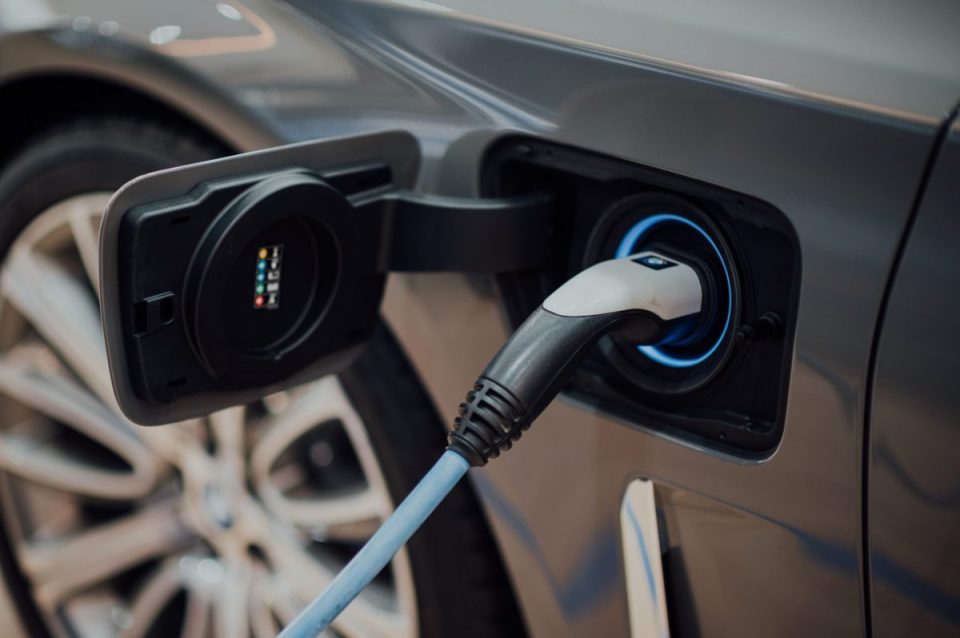PUTRAJAYA, July 25 — The Fire and Rescue Department (JBPM) has come up with guidelines for electric vehicle (EV) charging stations in commercial premises nationwide.
JBPM operations director Datuk Ahmad Izram Osman said the guidelines have been submitted to the Housing and Local Government Ministry (KPKT) for evaluation and will be announced later.
“We worked with the Malaysian Architects Association, the Zero Emission Vehicle Association (Zeva) and various non-governmental organisations to complete the guidelines.
“Among our recommendations are the distance of vehicles from entrances and exits of premises, the appropriate level of the building for installation, and several others,” he said when met by Bernama recently.
He said the guidelines cover the application and approval procedures for the installation of EV charging stations both inside and outside buildings, taking into account fire safety aspects.
Izram said the guidelines are meant for commercial premises and areas only and do not cover residential locations.
He said there are 1,063 EV charging stations nationwide at present and the government expects it to increase to 10,000 by 2025.
Izram said putting out an EV-related fire requires copious amounts of water, is time-consuming and has higher reignition risks. Batteries, road conditions, weather and charging stations are among the triggers of EV fires, he explained.
“For example, road hazards such as heat or friction can cause a fire because an electric vehicle’s battery is located beneath the floor of the car.
“There can also be internal and external short circuits, overvoltage, overcharging, external heating and manufacturing defects, which can all heat the temperature or even spread to other vehicles,” he said.
Izram said JBPM is using conventional extinguishing mediums — water and foam — as well as equipment such as special gloves.
He said all JBPM fire engines were equipped with the special gloves in 2015 when hybrid vehicles were first introduced in Malaysia.
“Hybrid vehicles use a battery and gasoline combination, but now we need to learn how to put out fires with vehicles that use only a battery.
“The extinguishing process for electric vehicles requires cooling because of the thermal runaway effect. If the fire is not cooled quickly, it spreads. This is a different method than the one used for regular vehicles, where we usually use water depending on the situation, and does not take long,” he said.
He said so far, the department has not received any report involving EVs, but eight reports involving hybrid vehicles were received this year.
There was also a report of four electric scooters catching fire in Kuala Lumpur in April, which spread to nine motorcycles, he said.
Izram said the department works with suppliers of EV components to identify the parts of EVs, which can help with putting out fires.
“JBPM is always prepared for any possibility of fire involving electric vehicles. We will use our existing equipment as well as continue raising public awareness on the matter,” he said.
Previously, Investment, Trade and Industry Minister Tengku Datuk Seri Zafrul Abdul Aziz reportedly said that to expand the EV ecosystem in the country, the installation of more charging stations needs to be the primary focus, with a target of 10,000 charging stations by 2025.
— Bernama





